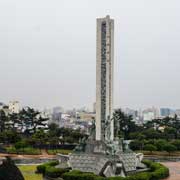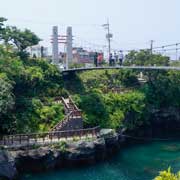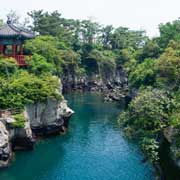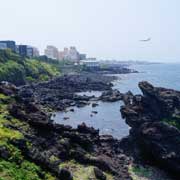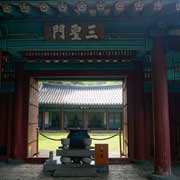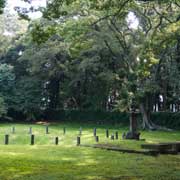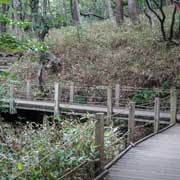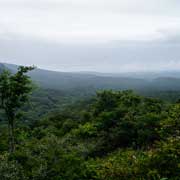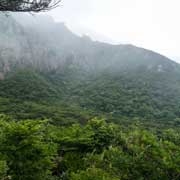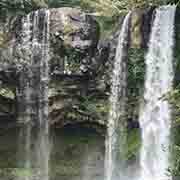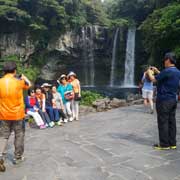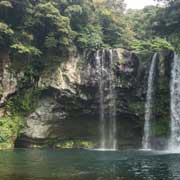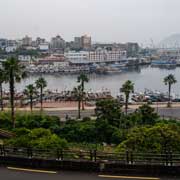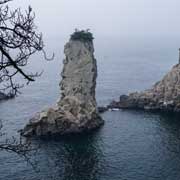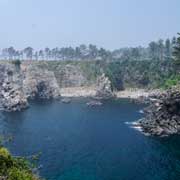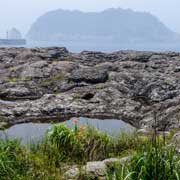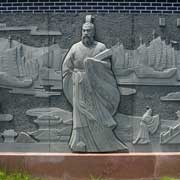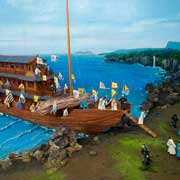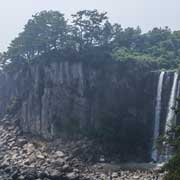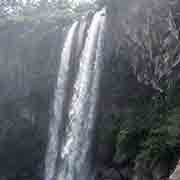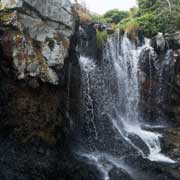Photos of Central Jeju island, Jeju Province, Korea
Central Jeju island, Jeju Province
Jeju-do, Jeju island, off the south coast of Korea, is, since the 1st of July 2006, a Special Self-Governing Province of South Korea. The largest island of Korea, it used to be known to Europeans as “Quelpart” before the Japanese annexation of the country in 1910. The name came from the first European ship to spot the island, the Dutch Quelpaert, which sighted it after being blown off course to the Dutch trading base in Nagasaki, Japan, from the Dutch colony Formosa (now Taiwan).
you may then send it as a postcard if you wish.
According to legend, three demigods emerged from Samseong, a site supposed to be on the northern slopes of Hallasan (Mount Halla). They became the forefathers of the Ko, Yang and Bu clans of the aboriginal Jeju islanders. They supposedly lived by hunting and gathering until they married three princesses of the Byeongnang Kingdom (some sources indicate that this might be Japan), who taught them agriculture. It is said that they founded the Tamna Kingdom, which ruled Jeju island before the conquest by the mainland. Samseonghyeol Shrine, meaning “three clans’ holes”, referring to the three cave holes in the middle of the forest, can still be seen in Jeju-si (Jeju City, the main city on the north coast).
In the year 938 Ko ja-gyeon, the chief of Tamna, was forced to submit to the Goryeo Kingdom, and during the reign of King Gojong of Goryeo (1192 - 1259), Tamna was renamed “Jeju”, which means “province across the sea”. During the Joseon Dynasty (1392-1910), Jeju islanders were considered foreigners and forbidden to travel to the mainland. The island was used as a place of exile for political prisoners and horse breeding. Jeju islanders staged several major uprisings during that time.
Today it is a significant tourist destination, especially for Chinese, who may travel to Jeju without a visa - many buy land here and stay permanently, a source of friction with many Jeju residents. Hallasan National Park is a UNESCO World Heritage site with great hiking trails; Hallasan, a shield volcano, is with 1,950 metres the highest mountain in South Korea. The second city on the island, Seogwipo on the spectacular south coast, has many scenic waterfalls nearby, some flowing directly into the sea.




